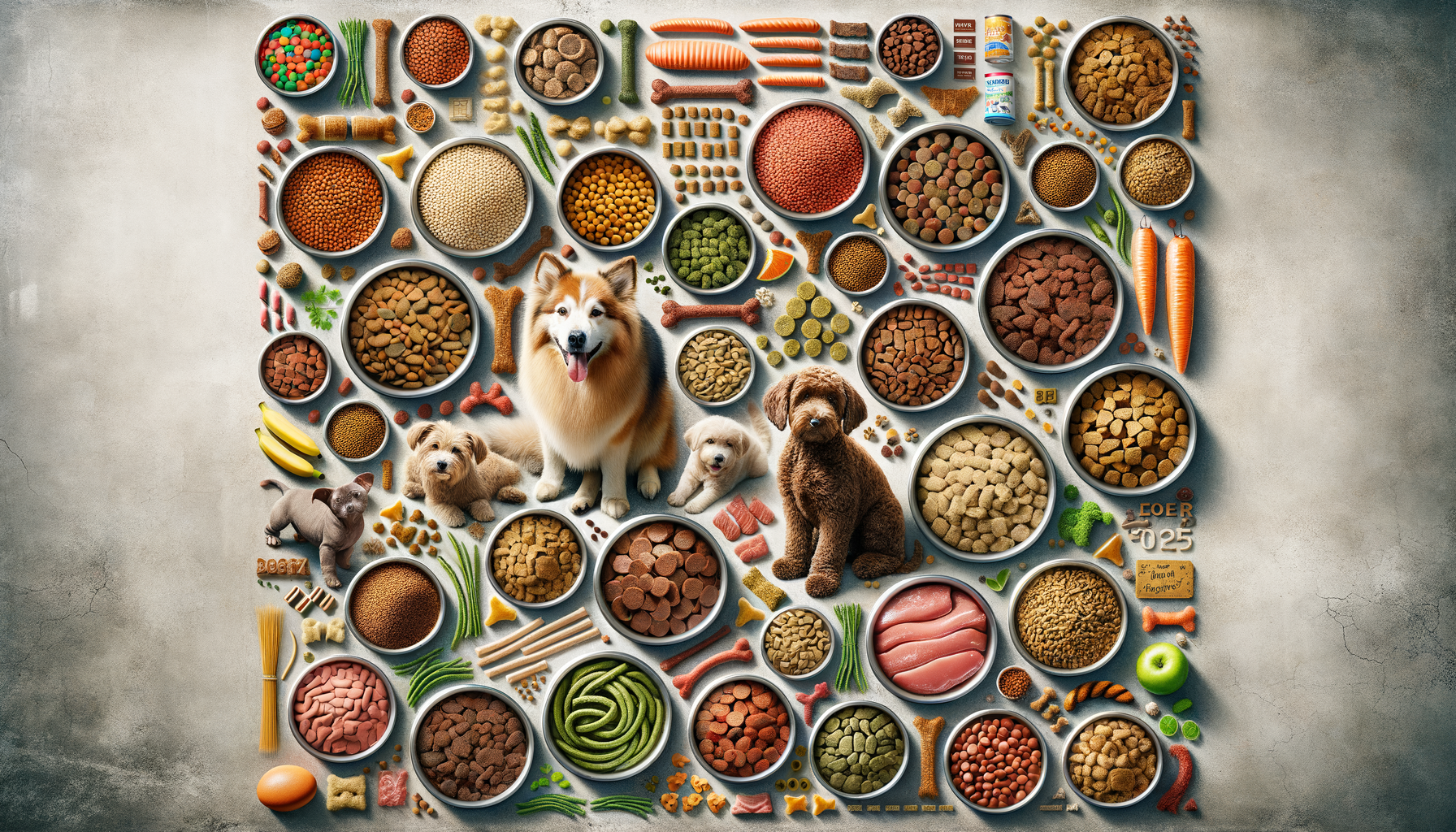Understanding Dog Nutrition: A Comprehensive Guide
When it comes to feeding our canine companions, understanding their nutritional needs is paramount. Dogs require a balanced diet that includes proteins, fats, carbohydrates, vitamins, and minerals. Proteins are essential for muscle development and repair, while fats provide energy and support cell function. Carbohydrates are a source of energy, and vitamins and minerals are crucial for various bodily functions.
In recent years, there has been a significant shift towards more natural and holistic dog foods. These diets often include whole foods and minimal processing, aiming to provide nutrients in a form that is closer to what dogs would find in nature. This trend is partly driven by pet owners’ desire to offer their pets the very best in terms of health and wellness.
It’s important to note that different breeds and life stages require different nutritional profiles. Puppies need more protein and calories to support their rapid growth, while senior dogs may require fewer calories but more fiber and joint-supporting nutrients. Therefore, selecting the right dog food involves considering the specific needs of your pet.
Types of Dog Food: A World of Choices
The dog food market is vast and varied, offering numerous options to suit different needs and preferences. Here’s a look at some of the most popular types of dog food available:
- Kibble (Dry Food): Convenient and cost-effective, kibble is a staple for many dog owners. It’s easy to store and helps in maintaining dental health by reducing plaque buildup.
- Canned (Wet Food): Known for its high palatability, wet food is often more appealing to dogs. It contains a higher moisture content, which can be beneficial for hydration.
- Raw Diets: These diets aim to mimic the natural diet of dogs in the wild. They typically include raw meats, bones, and vegetables.
- Homemade Diets: For those who prefer complete control over their dog’s diet, homemade meals can be tailored to meet specific nutritional needs.
Each type of food has its advantages and considerations. For instance, while raw diets can offer high nutritional value, they require careful handling to avoid bacterial contamination. On the other hand, kibble’s convenience and dental benefits make it a popular choice despite its lower moisture content.
Decoding Dog Food Labels: What to Look For
Reading and understanding dog food labels is crucial for making informed choices. Labels provide valuable information about the nutritional content and quality of the food. Key components to look for include:
- Ingredient List: Ingredients are listed in order of weight. Look for whole, recognizable ingredients like chicken, beef, or fish.
- Nutritional Adequacy Statement: This indicates whether the food meets the nutritional levels established by the AAFCO (Association of American Feed Control Officials).
- Guaranteed Analysis: This section provides the minimum and maximum percentages of nutrients like protein, fat, fiber, and moisture.
Pet owners should be wary of vague terms like “meat meal” or “by-products,” which can indicate lower-quality ingredients. Instead, opt for foods that specify the type of meat or fish used. Additionally, consider any specific dietary needs your dog may have, such as grain-free or hypoallergenic options.
Trends in Dog Food: What’s New in 2025
The dog food industry is constantly evolving, with new trends emerging to meet the demands of informed pet owners. In 2025, several trends are shaping the market:
- Sustainability: More brands are focusing on eco-friendly packaging and sourcing ingredients from sustainable farms.
- Personalized Nutrition: Customizable diets tailored to individual dogs’ needs are gaining popularity, offering personalized meal plans based on factors like age, breed, and health conditions.
- Functional Foods: These are designed to provide specific health benefits, such as improved digestion or joint health, through added supplements and ingredients.
As pet owners become more conscious of their environmental impact and their pets’ health, the demand for sustainable and functional dog foods is expected to grow. This shift reflects a broader trend towards holistic and responsible pet care.
Conclusion: Choosing the Right Dog Food for Your Pet
Selecting the right dog food is a vital part of responsible pet ownership. With the wide range of options available, it’s essential to consider your dog’s specific needs, preferences, and lifestyle. Whether you opt for dry kibble, wet food, or a raw diet, ensure it provides balanced nutrition and meets quality standards.
Stay informed about the latest trends and advancements in the dog food industry to make the best choices for your furry friend. Remember, a well-nourished dog is a happy and healthy companion, and investing in their diet is an investment in their overall well-being.








